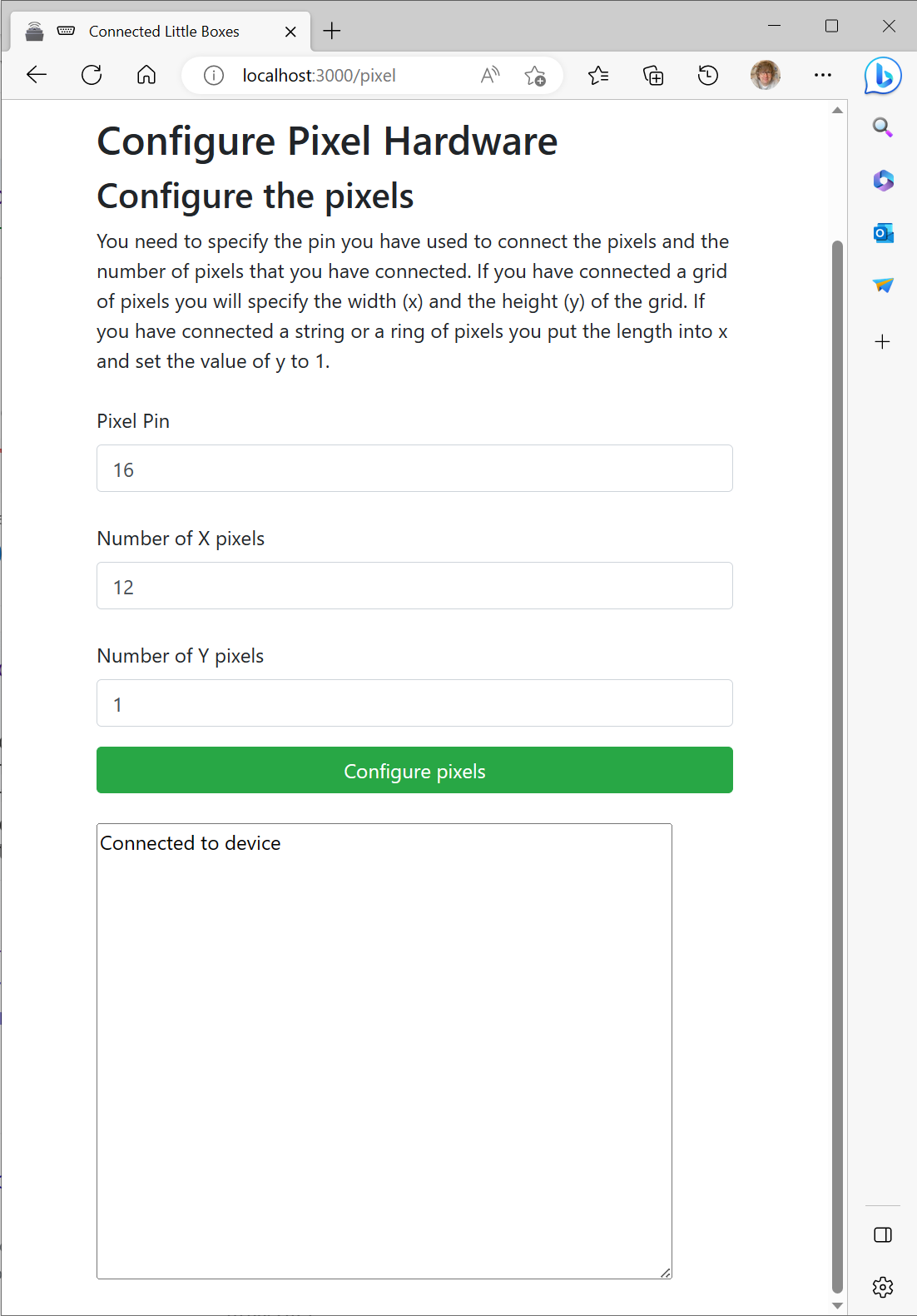Grappling with KiCad
/This is the view from the underneath of the board
One of my new year resolutions this year (apart for the one to by a 4K monitor - ho ho) was to make my own printed circuit board and have it made. The Bluetooth chord keyboard seems to be an ideal device for this. The number of connections is limited. I’m using the wonderful PICO LiPo shim (of which more later) for the power management so I just have to wire up the switches and the display.
I’ve played with KiCad before but I don’t make enough circuit boards to have built up much experience with it. Every time I use it I get tangled up in library management and fretting about schematic designs and footprint files. Today was no exception. I found a PICO-W design schematic on GitHub and tried to add it to my project. This did not go well. The model seemed to be missing important files (or at least I couldn’t find them). All the instructions seemed to imply that what you want to do is add your components to a library on your machine so you can easily add them to projects. I much prefer to make all my projects free-standing so I’ve put all my files in with the designs.
It got a lot easier once I worked out that libraries in KiCad are just folders that contain stuff, and when you browser a library you are just traversing that folder. If you put the files in the right place they just get picked up and all is well. You assign a footprint file to the schematic component and this is picked up by the PCB. Above I’ve used the “push button switch” component in the schematic. I then assign this component to the key socket that I’m going to be using on the board.
Above you can see the PCB view of part of the circuit. If I was using a different component I’d change the footprint file. The schematic and the footprint editor are used together. You can update the design in one from the other. You start by drawing the schematic and then you import that circuit into the footprint editor and start laying things out. After a while it becomes quite fun.














